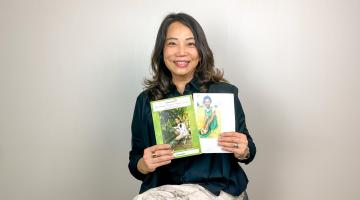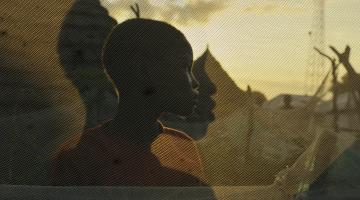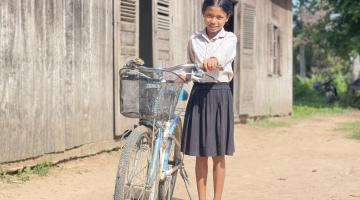6 Ways Child Sponsorship Has Strengthened Communities For COVID-19
In the communities we serve, children are confused and anxious about the future. For too many, their fears are well-founded. We estimate that the effects of the COVID-19 pandemic will put at least 30 million children’s lives at risk.
But these children, and their communities, don’t stand alone. We will be there with them because we already are.
Child sponsorship empowers 3.3 million children, their families and their communities in 54 countries. We have worked alongside these communities over the long term, helping them to become stronger so that children have what they need to survive and thrive: things like clean water, toilets and knowledge about why handwashing matters; trained community health workers with access to the equipment and supplies they need; a network of people in their community who lookout for children and protect them. In the face of the COVID-19 crisis, we’re reminded how much those things matter.
Here are six ways child sponsorship has prepared children and their communities to face COVID-19 – even before the world knew about the virus.
1. A stronger community foundation
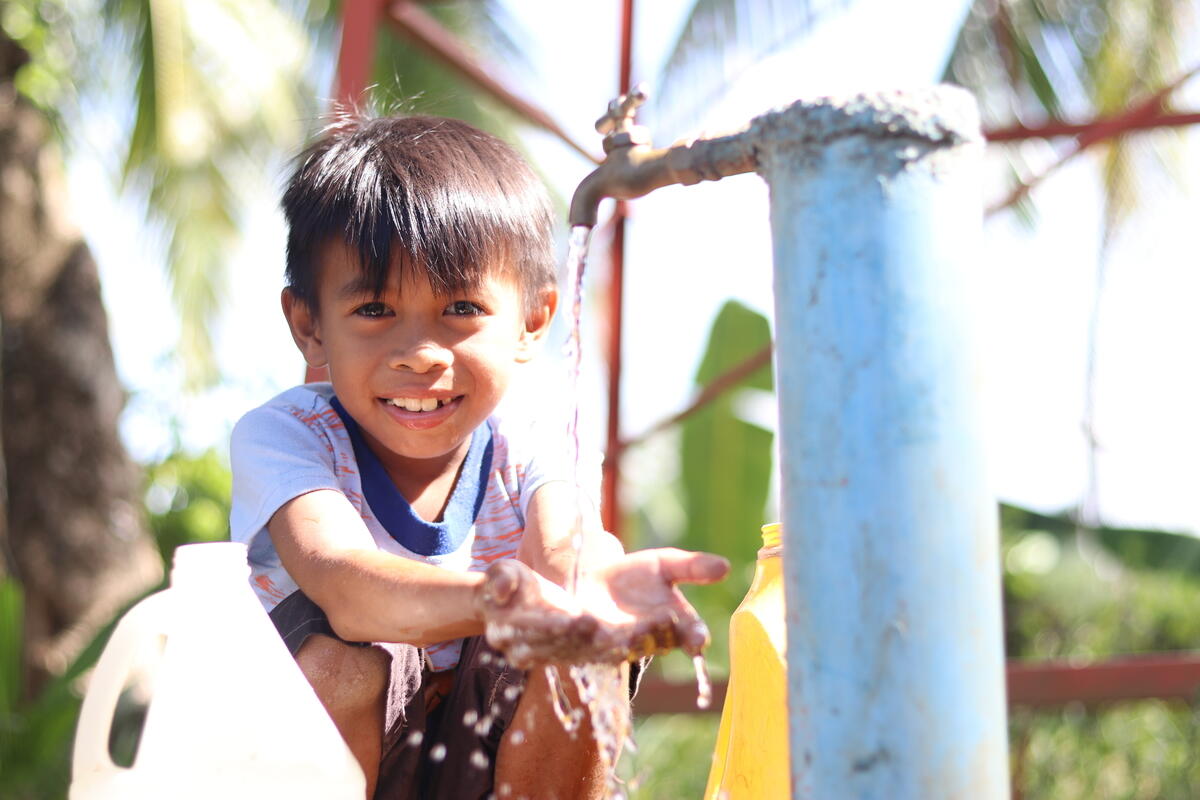
Child sponsors have helped communities to have the resources they need to face COVID-19 because these resources are the same building blocks that a community needs to overcome poverty: access to clean water, health care and reliable food sources, strong community networks, support for children’s education and protection. With this foundation, communities are much better placed for the fight against existing and new challenges, like COVID-19.
2. Life-saving messages to prevent the spread have always been part of our vocabulary
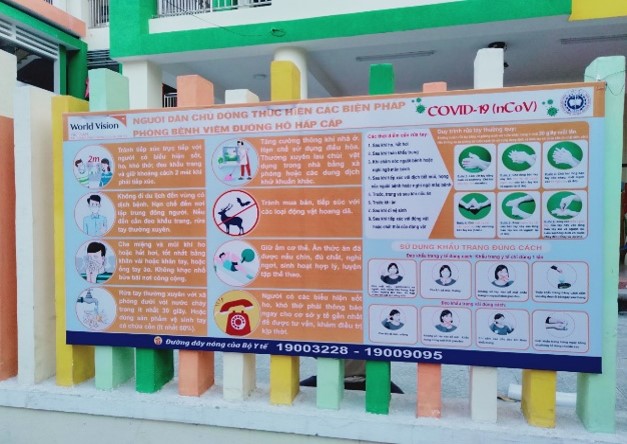
From the very early days of COVID-19, staff and volunteers were on the ground sharing prevention messages, setting up public hand-washing stations, and distributing soap, masks and sanitisers. But the preventative measures of good personal hygiene, using safe water, the importance of soap and knowing how to wash your hands often, even if you don’t have a tap in your home, are already very familiar to most sponsored children because they are a prominent part of our usual programme activities. These messages save lives in the developing world – not just during COVID-19, but every day – by protecting children and their families from potentially deadly diseases.
3. Immediate action to respond
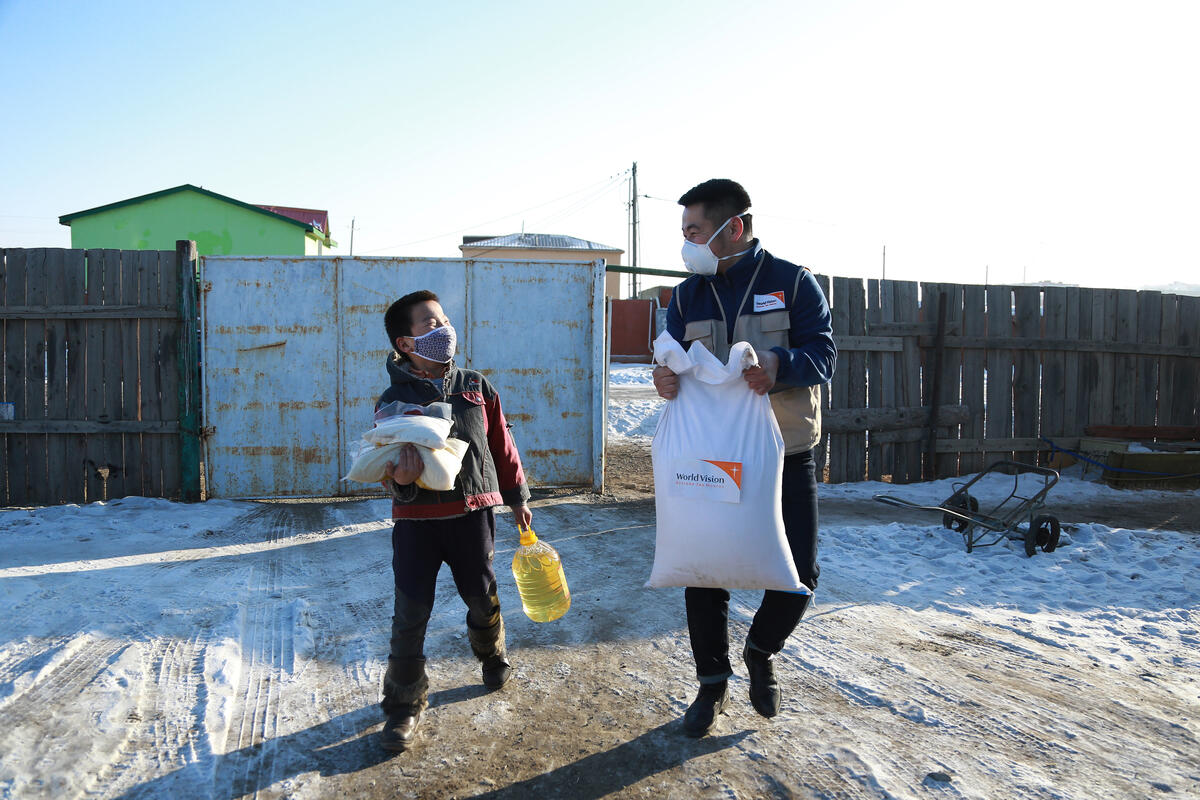
Because we are already working in the places where it’s hardest to be a child, we were on the frontline responding to the H5N1 pandemic, the Ebola outbreak, and all the health crises in between, and we were there with the world’s most vulnerable communities before COVID-19 unfolded. That means we could respond from the very first days of the pandemic, putting preventative measures in place to limit the spread of the disease, strengthening health systems and supporting healthcare workers with vital equipment and training, supporting children impacted through education, protection, food, mental and psychological support, as well as advocating and collaborating with policymakers.
4. Effective mobilisation of trusted partners
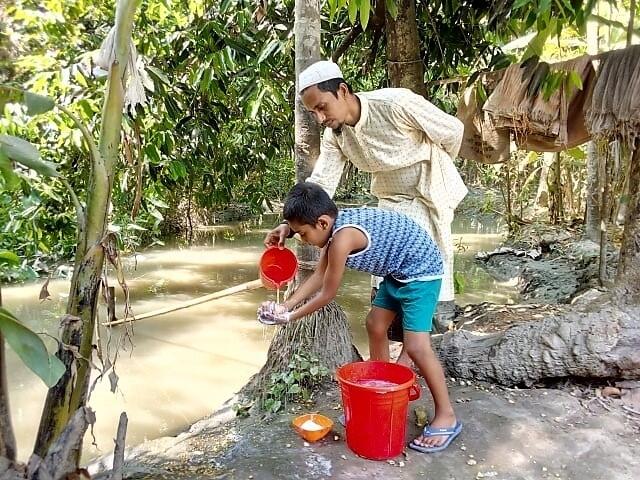
Coronavirus is moving fast. We know we must also move even faster to support communities and children with the right information. Through child sponsorship, we have built strong, trusted relationships with community partners, including leaders from many faiths who are vital in times of crisis because they are often the most trusted and authoritative voices in their communities. In the past, we have mobilised Christian, Muslim, Hindu and other faith leaders to raise awareness, encourage recommended behaviours and fight the stigma around HIV and AIDS, Zika and Ebola. Now, World Vision’s global network of faith leaders of over 400,000 are again, using WhatsApp, WeChat and radio to share prevention messages and coordinate community-level, context-specific responses to COVID-19.
5. A network to protect children from devastating aftershocks
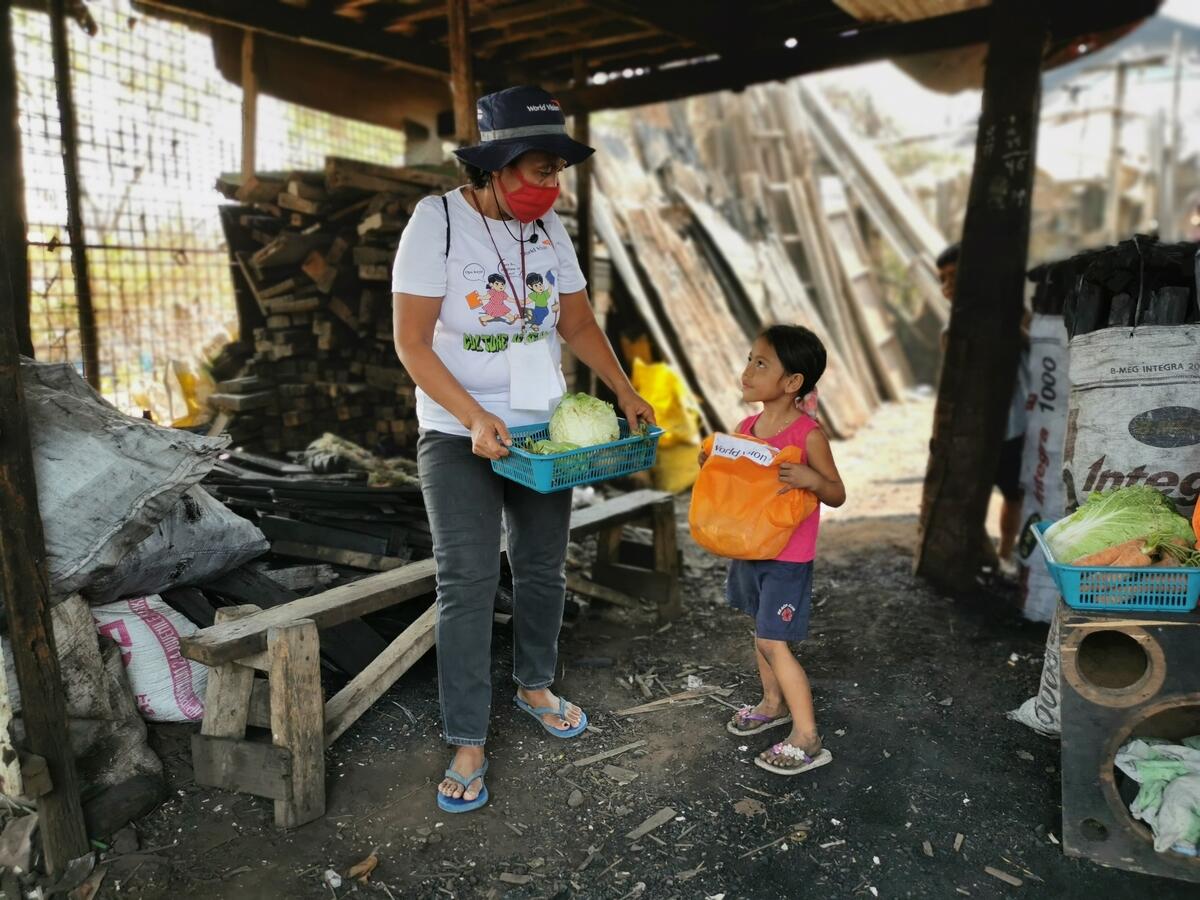
A health crisis can quickly turn into a child rights crisis when the social structures that protect children are upended. Child sponsorship staff in 54 countries and over 150,000 community volunteers know each child’s personal situation and work every day to educate children and communities about exploitation and abuse and how to protect against it. In lockdown situations and in the aftermath of disasters like this, there are new threats to children within their home or close community that mean these previous education and awareness campaigns to children and carers are more important than ever. Right now, we are working through our network of community volunteers using new, creative communications solutions to connect with and check on kids so we can help with their unique needs, whether it’s a sick parent, a shortage of food, or fears for their safety.
6. A long term community partnership to help families recover
When the COVID-19 pandemic subsides, we will still be here to help children and their families recover and rebuild stronger. 70 years of global emergency and development experience has taught us that we need to act now provide immediate support on the ground, but also stay for the long term to help kids, families and communities overcome the aftershocks and restore their lives. It takes time, but our experience shows the best approach to truly transform children’s lives is to empower entire communities to beat the root causes of poverty. When a community is strong, children have a foundation of love and support that lets them flourish and look forward to the future.
Child sponsorship has been empowering and protecting children, their families and communities for over 70 years. Help break the cycle of COVID-19 and poverty, for good. Become a child sponsor today.
